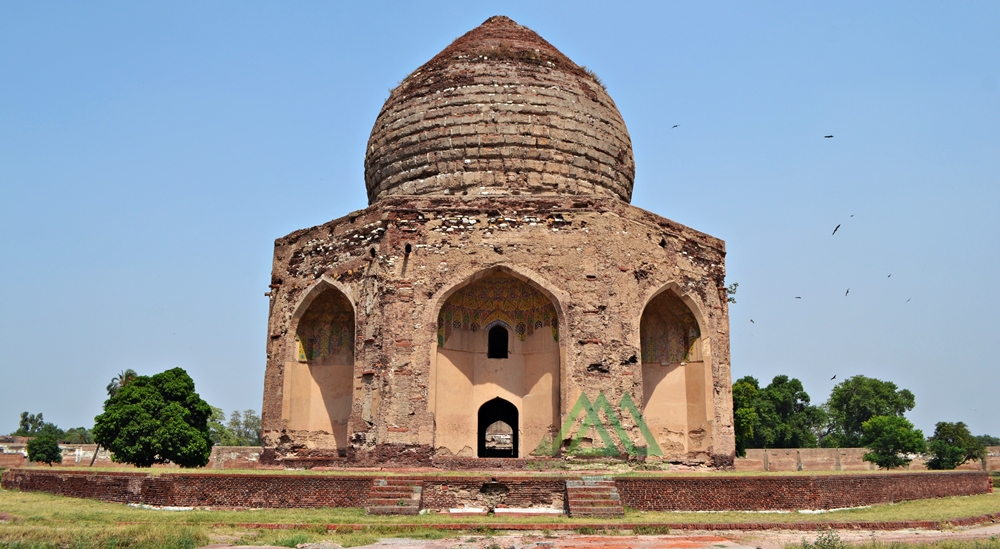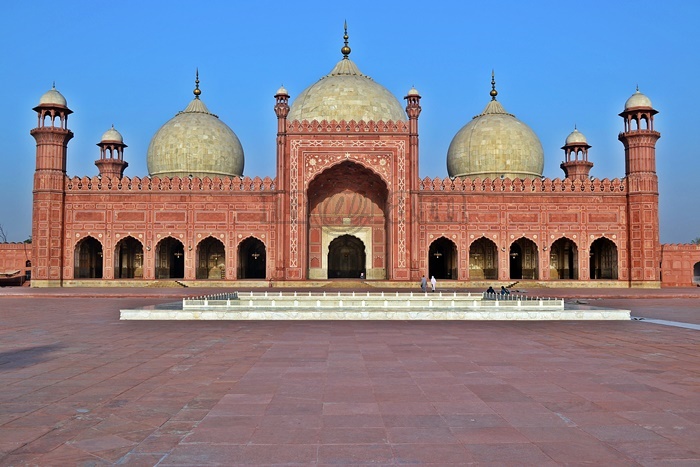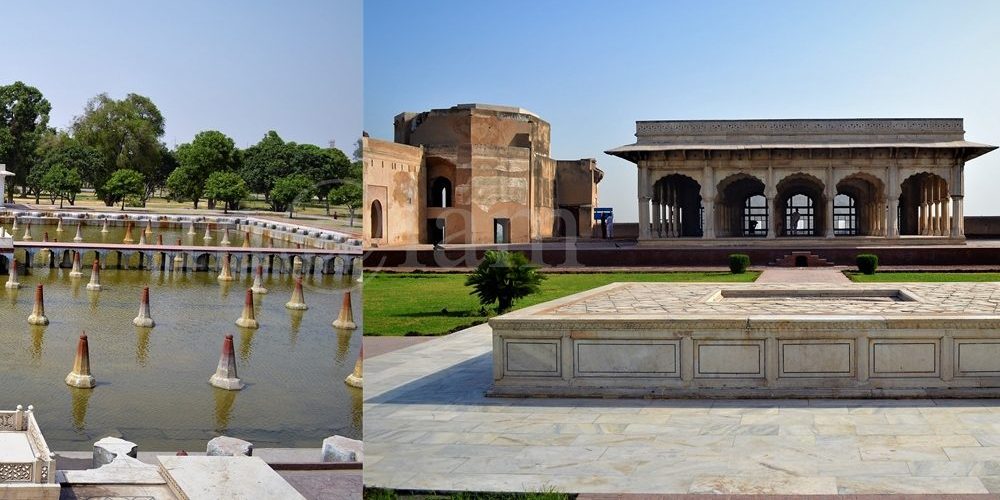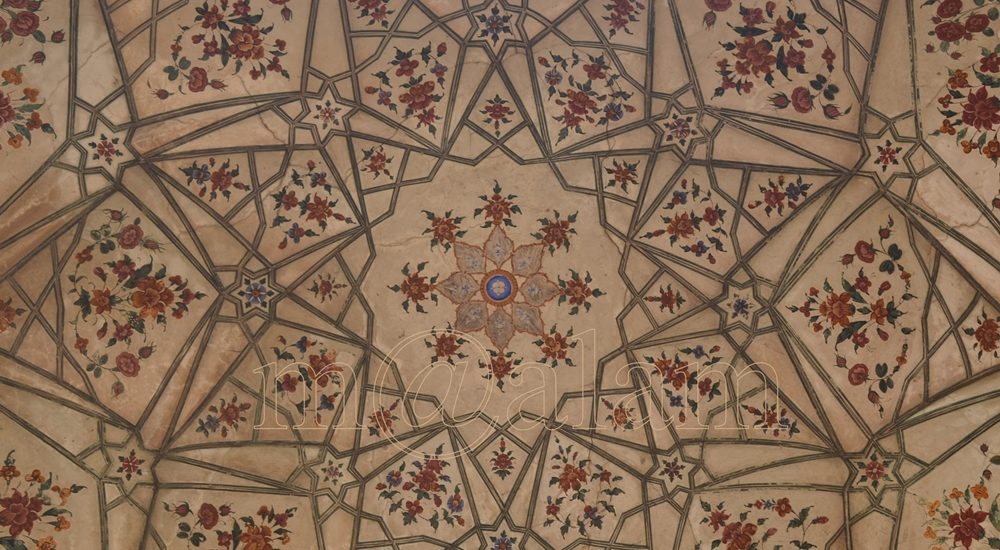Unveiling the Mystical History and Temples of Ketas Raj: A Spiritual Journey
Ketas Raj is a complex of ancient Hindu Temples nestled at an altitude of 2,000 feet above sea level. The temples are situated near the Chakwal district in the Potohar region of Pakistan. Ketas Raj, also known as Qilla Ketas, orniginally is a sacred pilgrimage site steeped in history and spirituality.
The Mystical History of Ketas Raj: Legends and Myths
Ketas Raj holds a history that dates back to the days of the Mahabharata, approximately 300 BC. According to legend, it was created from the tears of the Hindu god Shiva upon the death of his wife, Satti. These divine tears formed two holy ponds, with Ketas pond being one of them. The word “Ketas” itself is derived from Sanskrit, meaning “raining eyes.”
Another captivating myth connects the Pandava brothers, who are believed to have spent four years of their 14-year exile here. In fact, the sacred lake within the complex is said to possess magical powers. It is the very place where Yudhisthira, one of the Pandavas, defeated a Yaksha using his wisdom to resurrect his brothers.
Yet another variation of the legend involves the demise of Shiva’s horse, Katas, instead of Satti, his partner, adding further intrigue to the site’s mythology.
Exploring the Temples of Ketas Raj: Architectural Marvels and Historical Significance
Katas Raj encompasses a cluster of seven ancient temples, remnants of a Buddhist Stupa, medieval temples, Havelis, and recently constructed temples, all centered around a revered pond. This pond was once enclosed by a fort, temples, bathhouses, and rest houses.
Among the structures, the oldest is a Buddhist Stupa, with its base still standing after more than 2000 years. The Chinese traveler Hieun Tsang visited Ketas in the early 7th century AD. Hieun highlighted the presence of an ancient fort surrounding the complex.
The fortification wall remains mostly intact, with Sikh Raja Hari Singh Nalwa having constructed a palace by the pond. Although the palace is now in ruins, it still houses colorful depictions of Hindu deities.
At the highest point of Ketas Raj, three temples stand tall. In fact, the Kala Mandar temple, over fifteen centuries old, is a testament to ancient craftsmanship. Likewise, the central temple, the largest of them all, features three stories and a narrow staircase leading to a rooftop with breathtaking views of the Ketas complex and the surrounding salt range. These Hindu Temples of Ketas were constructed during the Hindu Shahi Period and share architectural similarities with temples in Malot and Shiv Danga.
Spiritual Significance and Visitors: A Place of Pilgrimage and Reverence
Ketas Raj has been a sacred pilgrimage site for people of various faiths. Thousands of Hindus visit every April to partake in ritualistic baths in the holy pool, believing it purifies them of sins and aids in attaining salvation. Guru Nanak Dev Ji, the founder of the Sikh faith, also visited the temple in the early 1800s. The Haveli of Hari Singh Nalwa, a renowned general in Ranjit Singh’s army, lies adjacent to Ram’s temple. Additionally, the famous Muslim scholar Al-Beruni spent time studying Hinduism in this very temple.
Most of these temples were constructed over 900 years ago, during the reign of Hindu kings, although some date back to the latter half of the 6th century AD.
Accessing Ketas Raj: Location and Visiting Details
Ketas Raj is located in the village of Ketas, off Choa Sadan Shah. It is beyond the main bazaar in the Chakwal district of Punjab, Pakistan. It is approximately 160 kilometers from Islamabad and is easily accessible via the road to Choa Sadan Shah from the Kalar Kahar interchange on the Islamabad–Lahore motorway (M2).
Visiting Information: Timings and Entry Fees
Katas Raj Temples are open for visitors from 09:00 AM to 05:00 PM and entry is free, with no tickets required.
Ketas Raj stands as a testament to ancient history, spirituality, and architectural brilliance. It continues to draw visitors of various backgrounds who seek solace, spiritual enlightenment, and a glimpse into a bygone era. Plan your visit to Ketas Raj to experience the magic and mystique of this timeless treasure.











